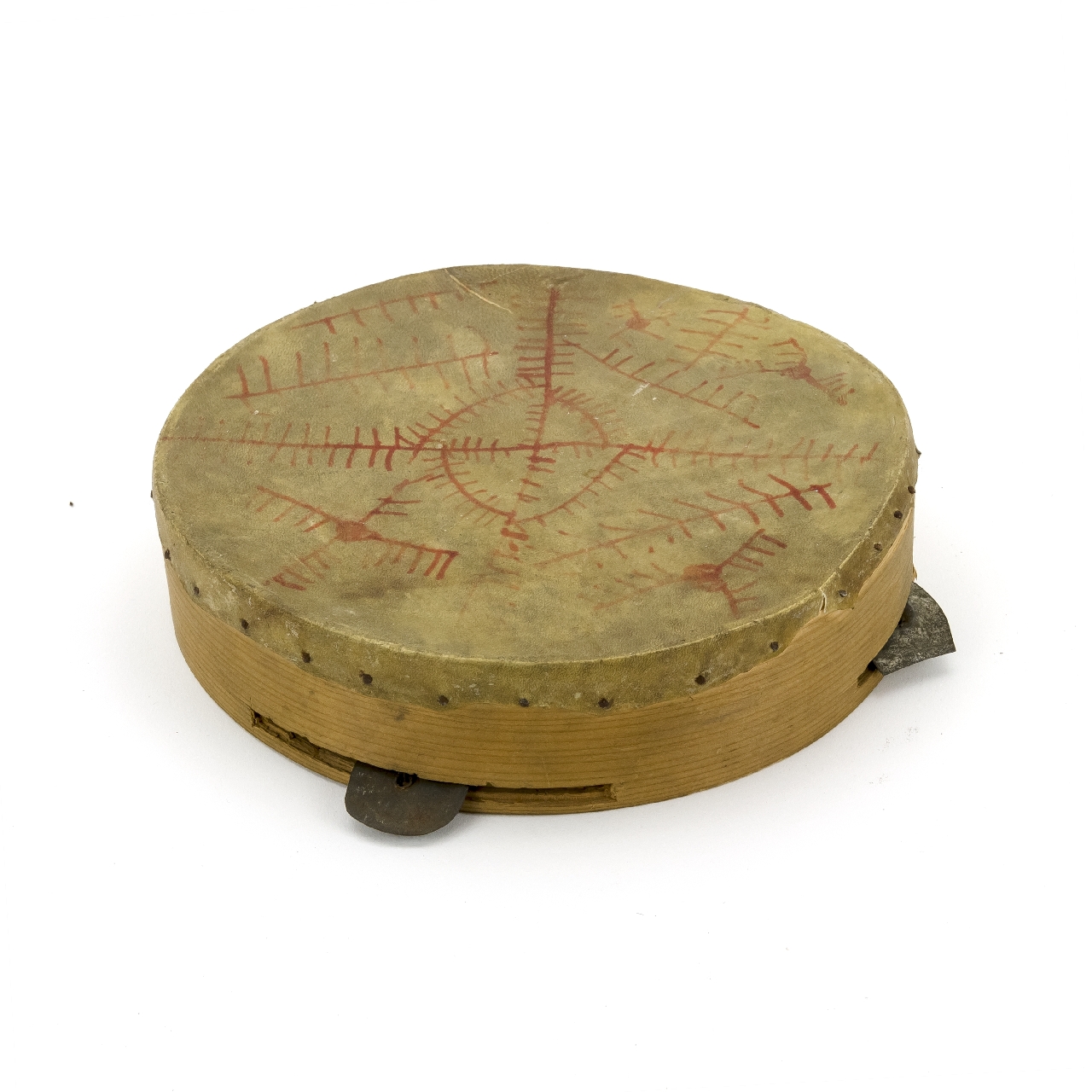With membranophone instruments (Lat. membrana = skin) sound is produced by way of a vibrating stretched membrane which is most commonly made from thin animal skin. Apart from animal skin the vibrating membrane can also be made from paper, plant membrane or metal.
The sound is produced on the membrane by:
a) beating
b) friction
c) modifying sound through a vibrating membrane (Cf. Bezić et al. 1975, Andreis 1974, Ćaleta 2001, Marušić 1995).
Depending on the manner of sound production membranophones are divided into four groups:
a) regular struck drums
b) string drums
c) friction drums and
d) mirlitons (Bezić et al. 1975:24).
Mirlitons “…in Yugoslav folk music most commonly consist of a piece of paper which is wedged in a comb and serves as a membrane. Upon blowing air or singing directly onto the piece of paper the membrane starts vibrating. It is used only in improvised situations, in spontaneously gathered instrumental bands, when there are no proper instruments available” (Bezić et al. 1975:26). The Collection of musical instruments of the Ethnographic Museum does not include mirlitons, since combs, as objects of practical use, according to their primary function, belong to the Collection of household items.
 The drum – tambourine / Štip surrounding, Macedonia, the 1st half of the 20th century / Et 3626, The Collection of musical instruments
The drum – tambourine / Štip surrounding, Macedonia, the 1st half of the 20th century / Et 3626, The Collection of musical instruments